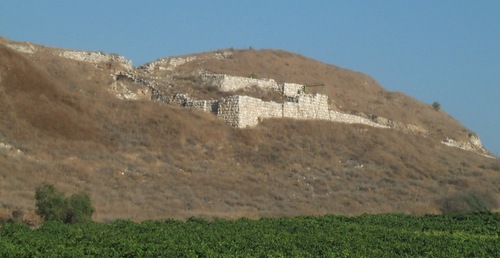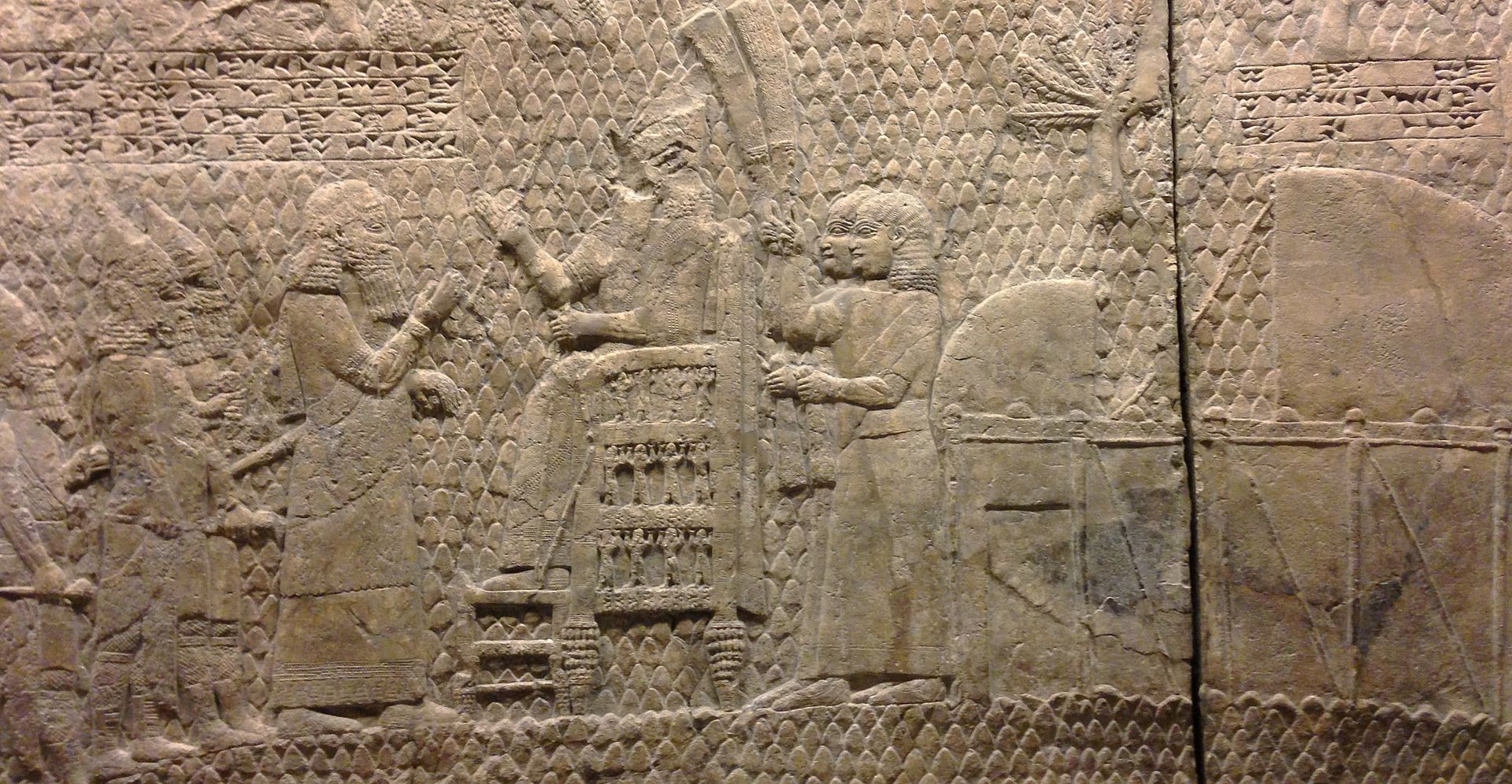What and where is…
Lachish
Hebrew: לָכִישׁ —transliteration: Lachish —meaning: impregnable —occurrences: 24
Greek: Λαχίς
Latin: Lachis

Lachish is an ancient royal Canaanite city in the Shephelah (maritime plain), of Canaan (Joshua 10:3, 5; 12:11). Its name appears 22 times in Scripture.
“What happened at Lachish issues warnings to Christians today. When God’s values are ignored by the majority, even the righteous reap the consequences.”
—quote from the Christian archaeological video which describes this ancient city: “On the Prophets & Kings of Israel”—“The Wages of Sin,” part of the Faith Lessons video series.
Control by Israel
Lachish was taken and destroyed by the Israelites (Joshua 10:31-33).
Under King Rehoboam, it later became one of the strongest fortresses of the Kingdom of Judah (2 Chronicles 10:9).
King Sennacherib
Lachish was assaulted and probably taken by King Sennacherib of Assyria (2 Kings 18:14,17; 19:8; Isaiah 36:2). An account of this siege is given on some slabs found in the chambers of the palace of Koyunjik, and now in the British Museum. The inscription on the picture above has been deciphered as follows:
“Sennacherib, the mighty king, king of the country of Assyria, sitting on the throne of judgment before the city of Lachish: I gave permission for its slaughter.” (See NINEVEH.)

The Assyrian large siege rock-ramp against Lachish is still clearly in evidence in the ruins.
Babylonian conquest
Lachish was later conquered by the Babylonian emperor Nebuchadnezzar II when he came against the Kingdom of Judah in 586 BC, finally destroying the city in 587 BC.
Archaeological finds
At an archaeological dig to the west (Tell el Hesy), a cuneiform tablet was found containing a letter supposed to be from Amenophis at Amarna in reply to one of the Amarna tablets sent by Zimrida from Lachish. This letter is from the chief of Atim (=Etam, 1 Chronicles 4:32) to the chief of Lachish, in which the writer expresses great alarm at the approach of marauders from the Hebron hills. “They have entered the land,” he says, “to lay waste… strong is he who has come down. He lays waste.”
“This letter shows that “the communication by tablets in cuneiform script was not only usual in writing to Egypt, but in the internal correspondence of the country. The letter, though not so important in some ways as the Moabite stone and the Siloam text, is one of the most valuable discoveries ever made in Palestine.” —Conder’s Tell Amarna Tablets, p. 134
Some mentions of Lachish in Scripture
…Adoni-zedek king of Jerusalem sent word to Hoham king of Hebron and to Piram king of Jarmuth and to Japhia king of Lachish and to Debir king of Eglon… —Joshua 10:3 NASB
They did so, and brought these five kings out to him from the cave: the king of Jerusalem, the king of Hebron, the king of Jarmuth, the king of Lachish, and the king of Eglon. —Joshua 10:23 NASB
…the king of Lachish… —Joshua 12:11
And Joshua and all Israel with him passed on from Libnah to Lachish, and they camped by it and fought against it. —Joshua 10:31 NASB
The Lord gave Lachish into the hands of Israel… —Joshua 10:32
They conspired against him in Jerusalem, and he fled to Lachish; but they sent after him to Lachish and killed him there. —2 Kings 14:19 NASB
Sennacherib king of Assyria sent his servants to Jerusalem while he was besieging Lachish with all his forces with him, against Hezekiah king of Judah and against all Judah who were at Jerusalem… —2 Chronicles 32:9 NASB
More Information
- Canaanites
- Sennacherib
- King Rehoboam
- Who is Nebuchadnezzar?
- Kings of the Bible
 What are the CITIES OF THE BIBLE? Names, descriptions, locations and types
What are the CITIES OF THE BIBLE? Names, descriptions, locations and types- Places of the Bible